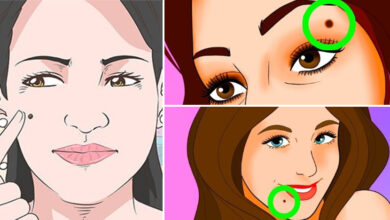Did you know: millions of dust mites live in your bed. And you could kill them in a second!
Making your sleep thing that is first the morning may not be because beneficial as you’ve been led to believe
In reality, boffins are saying that making your bed can secure humidity in your mattress and sheets, making them the reproduction that is perfect for dirt mites and bed pests.
It just would go to show that sometimes, it pays to be messy.
What exactly are Dust Mites?
Dust mites are microscopic arachnids that feed off of dead perspiration and epidermis. Just about any true house in North America is contaminated with dirt mites.
A study in 2000 discovered that more than 45% of US houses had dust that is detectable amounts associated with the growth of allergies, and 23% had bedding with concentrations of allergen high enough to trigger asthma attacks.
These bugs have a tendency to get trapped in the fibers of bedding, furniture cushions and carpeting. Researchers estimate that there might be up to 1.5 million dust mites located in the sleep that is normal.
Which are the ongoing health impacts?
Dust mites are actually one of the cause that is lots of allergies, as an calculated 10-25% of Us citizens are sensitive to these insects.
Common signs and symptoms of dirt sensitivity consist of:
- Sneezing
- Runny nose
- Itchy, red or eyes that are watery
- Nasal congestion
- Itchy nose, roof of throat or lips
- Postnasal drip
- Cough
- Facial discomfort and force
- red, itchy bumps in the skin
- Swollen, blue-colored epidermis under your eyes
- In a kid, frequent rubbing that is upward of nose
These mites produce waste which contains proteins that reacts with your immune system. The body then creates antibodies to fight these allergens down, which in turn causes an inflammatory response in your nasal passages or lungs.
Chronic swelling and obstruction of these passages which can be nasal to the growth of asthma and sinus infection.
In fact dirt mites are a cause that is typical of in children and cause wheezing in 50% of asthmatics.
How Exactly To Manage Dust Allergy
open next page to continue reading….
[adinserter block=”3″]
[adinserter block=”4″]




